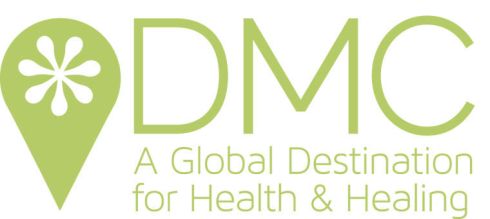The American Nurses Association (ANA) applauds the introduction of federal legislation that empowers registered nurses (RNs) to drive staffing decisions in hospitals and, consequently, protect patients and improve the quality of care.
The Registered Nurse Safe Staffing Act of 2013 (H.R. 1821), crafted with input from ANA, has sponsors from both political parties who co-chair the House Nursing Caucus – Reps. David Joyce (R-OH) and Lois Capps (D-CA), a nurse.
“Nurse staffing has a direct impact on patient safety. We know that when there are appropriate nurse staffing levels, patient outcomes improve. Determining the appropriate number and mix of nursing staff is critical to the delivery of quality patient care,” said ANA President Karen A. Daley, PhD, RN, FAAN. “Federal legislation is necessary to increase protections for patients and ensure fair working conditions for nurses.”
Research has shown that higher staffing levels by experienced RNs are linked to lower rates of patient falls, infections, medication errors, and even death.
And when unanticipated events happen in a hospital resulting in patient death, injury, or permanent loss of function, inadequate nurse staffing often is cited as a contributing factor.
The bill would require hospitals to establish committees that would create unit-by-unit nurse staffing plans based on multiple factors, such as the number of patients on the unit, severity of the patients’ conditions, experience and skill level of the RNs, availability of support staff, and technological resources.
The safe staffing bill also would require hospitals that participate in Medicare to publicly report nurse staffing plans for each unit. It would place limits on the practice of “floating” nurses by ensuring that RNs are not forced to work on units if they lack the education and experience in that specialty. It also would hold hospitals accountable for safe nurse staffing by requiring the development of procedures for receiving and investigating complaints; allowing imposition of civil monetary penalties for knowing violations; and providing whistle-blower protections for those who file a complaint about staffing.
ANA backed a similar staffing bill in the last Congress. This version includes requirements that a hospital’s staffing committee be comprised of at least 55 percent direct care nurses or their representatives, and that the staffing plans must establish adjustable minimum nurse-to-patient ratios.
Additionally, ANA has advocated for safe staffing conditions for the nation’s RNs through the development and updating of ANA’s Principles for Nurse Staffing, and implementation of a national nursing quality database program that correlates staffing to patient outcomes.
To date, seven states have passed nurse safe staffing legislation that closely resembles ANA’s recommended approach to ensure safe staffing, utilizing a hospital-wide staffing committee in which direct care nurses have a voice in creating the appropriate staffing levels. Those states are Connecticut, Illinois, Nevada, Ohio, Oregon, Texas, and Washington.
For more information on ANA’s safe staffing legislative efforts, please visit www.RNAction.org.
